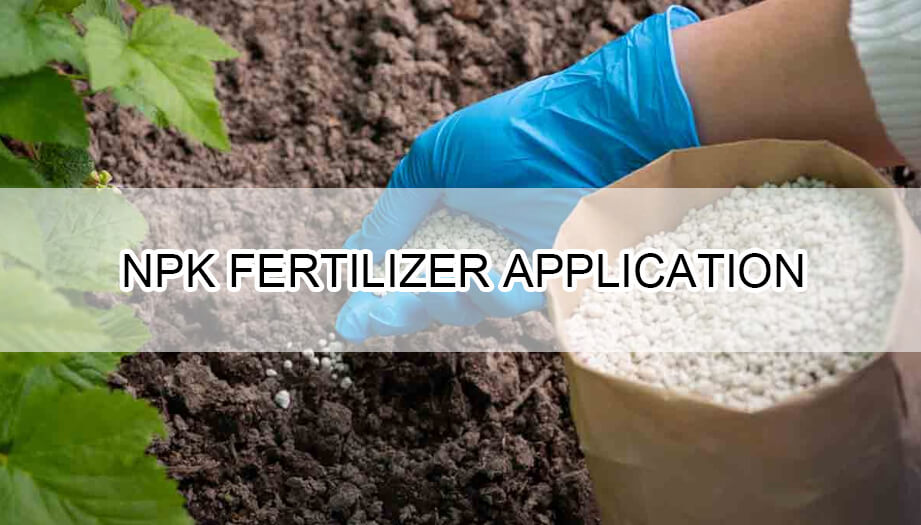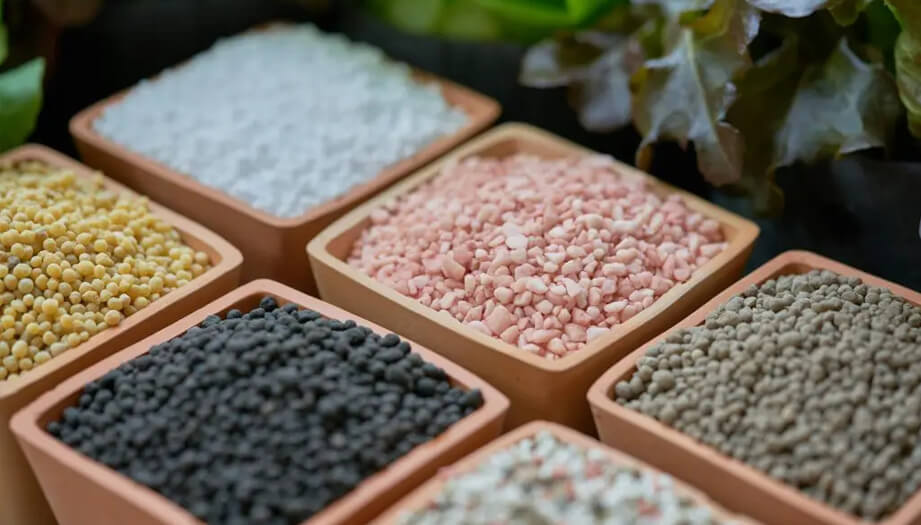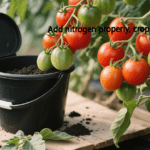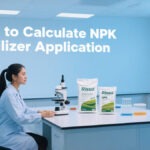Let more growers get greater benefits
NPK fertilizer application
- Industry News
- November 14, 2015
- 11:05 am

NPK fertilizer application refers to the process of applying nitrogen (N), phosphorus (P), and potassium (K) fertilizers to plants or crops to optimize their growth. The right application method and timing are crucial for ensuring that plants receive the necessary nutrients at the right stages of their growth cycle. Here are key factors and methods for applying NPK fertilizers:
List of Contents
1. Understanding Nutrient Roles:
Phosphorus (P): Supports root development, flowering, and fruiting. It’s critical during the early stages of growth and during seed development.
Potassium (K): Enhances overall plant health, helps resist diseases, and supports the plant’s water regulation. It’s especially important in the fruiting stage.
2. Types of NPK Fertilizers:
Granular Fertilizers: Solid form, slow-release, and often applied by broadcasting over soil or banding near plant roots.
Liquid Fertilizers: Applied as a foliar spray or mixed with irrigation water (fertigation). It’s more rapidly absorbed but requires frequent application.
Water-Soluble Fertilizers:
Dissolved in water, ideal for quick nutrient uptake, often used in hydroponics or drip irrigation systems.

3. Application Methods:
Method: Evenly spread the fertilizer across the entire soil surface before planting or on growing crops. Best for: Large-scale farming or where general soil fertility is being improved. Advantages: Simple to apply; suitable for large areas. Disadvantages: Nutrient wastage through leaching and runoff, especially for nitrogen.
b. Banding:
Method: Fertilizer is applied in concentrated bands near the seed row or plant roots, often 2-3 inches away from the seed. Best for: Early stages of growth, particularly when phosphorus is needed for root development. Advantages: Reduces fertilizer waste, enhances nutrient availability to young plants. Disadvantages: Requires precision placement.
c. Side-Dressing:
Method: Applied alongside growing plants, typically in a band or row, after the initial planting. Best for: Providing additional nutrients during the growing season, especially nitrogen. Advantages: Supplies nutrients when plants need them most. Disadvantages: Requires careful application to avoid plant damage.
d. Foliar Feeding:
Method: Liquid NPK fertilizers are sprayed directly onto plant leaves, allowing nutrients to be absorbed through the foliage. Best for: Correcting nutrient deficiencies quickly, especially micronutrients. Advantages: Quick absorption; useful for nutrient deficiency correction. Disadvantages: Limited to certain crops; can cause leaf burn if over-applied.
e. Fertigation:
Method: Nutrients are dissolved in irrigation water and applied through drip or sprinkler systems. Best for: Greenhouse, hydroponic systems, and precise application in field crops. Advantages: Controlled and efficient nutrient delivery; reduces waste. Disadvantages: Requires specialized equipment and careful management.
4. Timing of Application:
During growth (Vegetative stage): Nitrogen application promotes leaf and stem growth.
Flowering/Fruiting stage: Increase potassium to support flowering and fruit production, while nitrogen is reduced to prevent excessive foliage growth at the expense of fruiting.
5. Factors to Consider:
Soil Testing: Always test the soil to determine nutrient deficiencies and the appropriate NPK ratios.
Crop Type: Different crops require varying amounts of nitrogen, phosphorus, and potassium.
Environmental Conditions: Leaching and runoff can occur in rainy conditions, particularly for nitrogen, so timing and method are crucial.
Organic vs. Inorganic NPK Fertilizers: Organic fertilizers (e.g., compost) release nutrients slowly and improve soil structure, while inorganic ones provide quick nutrient boosts but may lead to soil degradation over time.
6. Common NPK Ratios and Their Use Cases:
20-20-20: Balanced ratio, often used in general-purpose fertilizers for a wide variety of crops.
10-20-10: Higher phosphorus content for encouraging root growth, ideal for early-stage growth or root crops.
30-10-10: High in nitrogen, used primarily for leafy vegetables or during the early vegetative phase of crops.
- Article
What will you get when touch?
✔ Quick & helpful reply within 6 hours.
✔ Tailored solutions for your project.
✔ One-stop product, tech, market
TRENDING
Want to find a China fertilizer manufacturer?
Risso will be your best choice; send us your request for your fertilizer details requirement.
TAIAN RISSO CHEMICAL FERTILIZER CO.,LTD
- Address: High-tech Development Zone, Taian City, Shandong Province
© Copyright 2017 RISSO CHEMICAL. All Rights Reserved.







